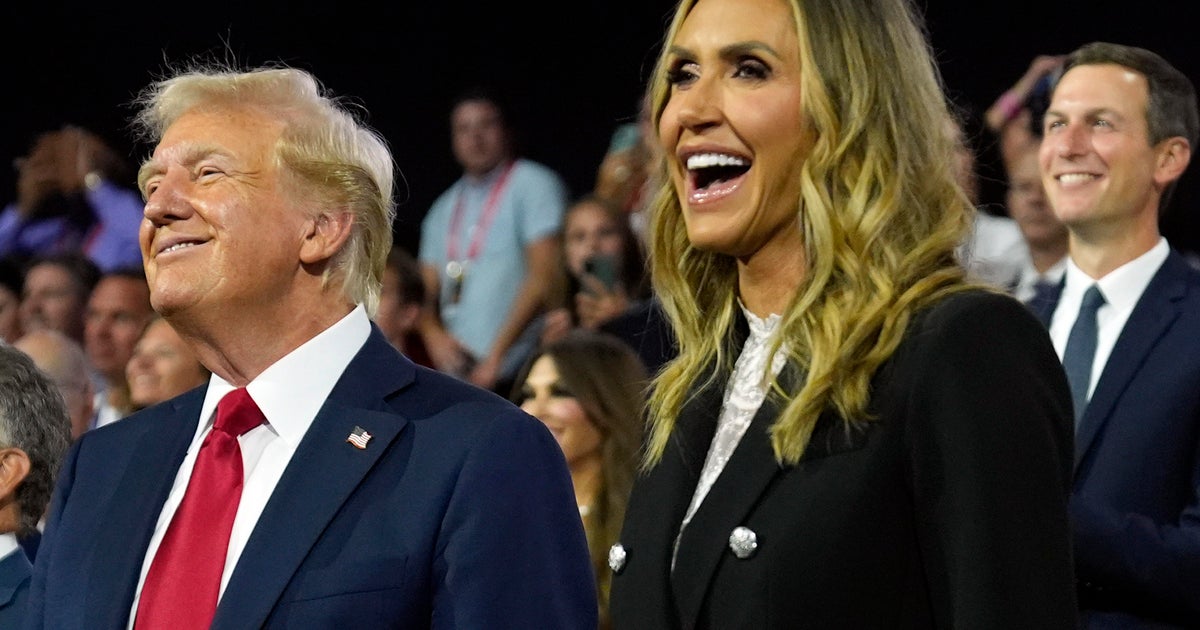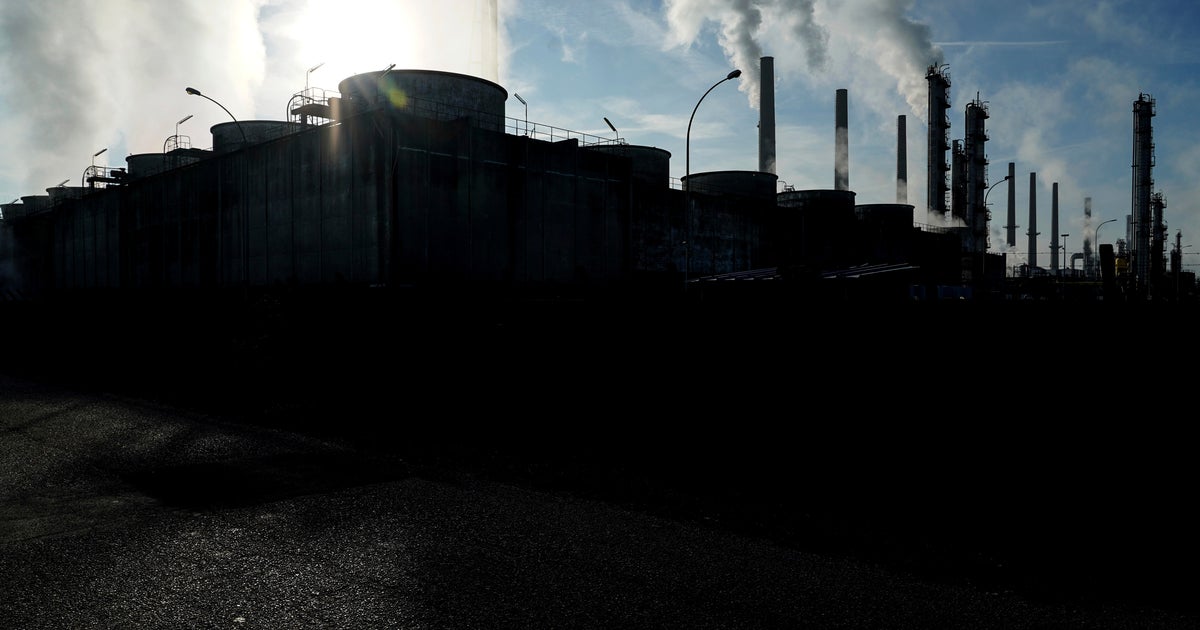Trump calls space station as astronaut Peggy Whitson sets record
President Trump called the International Space Station Monday for a videochat watched by thousands of school kids, congratulating commander Peggy Whitson on becoming America’s most experienced astronaut and jokingly promising to get Americans to Mars “during my first term or, at worst, during my second term.”
Joined by astronaut Kate Rubins and daughter Ivanka Trump at the White House, the president said Whitson’s record marked “a very special day in the glorious history of American spaceflight.”
“Today, commander Whitson, you have broken the record for the most total time space in space by an American astronaut, 534 days and counting,” he said. “That’s an incredible record to break, and on behalf of our nation and frankly on behalf of the world, I’d like to congratulate you, that is really something. How does it feel to have broken such a big and important record?”
Whitson, making her third spaceflight and second as commander of the space station, said it was “an honor for me to represent all the folks at NASA who make spaceflight possible and who make me setting this record feasible.”
On Monday, around 1:27 a.m. EDT (GMT-5), Whitson became America’s most experienced astronaut when her total time in space moved past Jeff Williams’ mark of 534 days two hours and 48 minutes. When she returns to Earth Sept. 3, her total time in space will stand at 666 days, moving her up to eighth in the world.
The world record is held by cosmonaut Gennady Padalka, who has logged 878 days aloft over five missions. During the interview with the president, a large banner behind Fisher and Whitson said: “Congrats Peggy!! New U.S. High-Time Space Ninja.” Below that a light-hearted warning to Padalka: “Check six Gennady/here she comes.”
Whitson already is the world’s most experienced female spacewalker with 53 hours and 23 minutes of EVA time during eight spacewalks over her three missions. She plans to float outside again on May 12, working with newly arrived crewmate Jack Fischer to carry out a variety of maintenance tasks.
Assuming that spacewalk runs the planned six-and-a-half hours, her total for nine EVAs will be nearly 60 hours, moving her up to third in the world overall behind cosmonaut Anatoly Solovyev and former astronaut Mike Lopez-Alegria.
“I don’t really know how I got this lucky!” Whitson said earlier in an interview with CBS News. “It’s been amazing to have the opportunities that I’ve had, it’s just amazing to me (how) some dedication and a lot of hard work paid off at the end. It’s just unbelievable.”
President Trump asked her “what are we learning from having you spending your time up there? I know so much research is done. What are we learning by being in space?”
“I think the International Space Station is providing a key bridge from us living on Earth to going somewhere into deep space,” said Whitson, floating beside Fischer in the Destiny laboratory module. “On those Mars missions, we need to understand how microgravity is really affecting our body, and we need to understand it in great detail. So, many of the studies are looking at the human body.”
She said the station also is helping engineers test critical life support systems that will be needed for long-duration voyages to Mars.
“Water is such a precious resource up here that we also are cleaning up our urine and making it drinkable,” Whitson said. “And it’s really not as bad as it sounds!”
“Well that’s good, I’m glad to hear that,” Trump replied. “Better you than me.”
NASA currently is building a huge heavy-lift rocket known as the Space Launch System booster and the Orion capsule to carry astronauts beyond low-Earth orbit. To get to Mars, those systems will have to be tested on deep space missions and a habitat module of some sort will have to be developed.
NASA believes it may be possible to send astronauts on fights to at least orbit Mars by the mid 2030s, with landings following at some point after that.
President Trump asked Whitson when she thought Americans will be ready for a flight to the red planet.
“It’ll be approximately in the 2030s,” Whitson said. “Unfortunately, spaceflight takes a lot of time and money. So getting there will require some international cooperation for it to be a planet-wide approach in order to make it successful. Just because it is a very expensive endeavor. But it is so worthwhile doing.”
“Well, we want to try and do it during my first term or at worst during my second term,” Trump joked. “So we’ll have to speed that up a little bit, OK?”
The president asked the astronauts about opportunities for entrepreneurs in space, saying “I have many friends that are so excited about space, they want to get involved in space from the standpoint of entrepreneurship and business.”
“Tell us about the opportunities that could exist for the next generation of scientists and engineers,” he asked. “What do you think of the opportunities for young students wanting to be involved in space?”
Fischer replied that America’s space program is poised for “an explosion of activity” on the commercial space front.
“One thing I love about American entrepreneurs is once you get them going, you better stand out of their way because they’re going to start trucking,” he said. “And we’re about to that point. NASA is taking on that expensive, hard, complex task of going farther and deeper into space ... and then as soon as we break open that door, this incredible infrastructure we’ve been building is going to be right there to pick up the baton and continue into the starts.”
He told students “the time to get excited is now.”
“If you aren’t studying science and math, you might want to think about that because our future in the stars starts now,” he said. “And you can be a part of that if, like Dr. Whitson, you can find that passion and work really hard. We’re going find a permanent foothold in the stars for humanity if you do that.”
President Trump closed out the conversation by asking “which one of you is ready to go to Mars? Are you ready?”
“We are absolutely ready to go to Mars,” Whitson said. “It’s going to be a fantastic journey getting there and very exciting times. All of us would be happy to go. But I want all the young people out there to recognize that the real steps are going to be taken in a few years. By studying math, science, engineering, any kind of technology, you’re going to have a part in that. And that’ll be very exciting.”
Whitson grew up on a farm in Iowa and went on to earn a doctorate in biochemistry from Rice University in 1985. She worked as a research biochemist for NASA and eventually was selected as an astronaut in 1996.
She first flew in space in 2002, flying to the station aboard the shuttle Endeavour and serving for six months as a flight engineer and science officer, returning to Earth aboard Endeavour after logging 184 days 22 hours and 14 minutes in space. She also chalked up her first spacewalk, a four-hour 25-minute excursion using a Russian spacesuit.
Whitson took off on her second flight in October 2008, launching from the Baikonur Cosmodrome in Kazakhstan aboard the Soyuz TMA-11 ferry ship. Whitson became the space station’s first female commander and oversaw the attachment of three major modules and a critical robot arm attachment.
She also performed five spacewalks during her second mission -- pushing her EVA total to 39 hours and 46 minutes -- and logged 191 days 17 hours and nine minutes off planet, pushing her cumulative time in space to 376 days 17 hours and 21 minutes.
A year and a half later, Whitson took over as chief of NASA’s astronaut office at the Johnson Space Center, the first female, non-military astronaut to head the office.
But she never gave up her desire to fly in space again and took off on her current mission on Nov. 17, 2016, joining Soyuz MS-03 commander Oleg Novitskiy and European Space Agency astronaut Thomas Pesquet. She carried out two spacewalks, one in January and and one in March, pushing her total to eight over her three missions.
Whitson originally was scheduled to return to Earth June 2 with Novitskiy and Pesquet. But Russia recently opted to reduced its crew complement by one to save money and the most recent Soyuz launched to the station only carried two crew members: Fischer and Soyuz MS-05 commander Fyodor Yurchikhin. They arrived April 20.
NASA and Roscosmos, the Russian federal space agency, recently agreed to extend Whitson’s stay by three months to maximize U.S. science. She now plans to return to Earth Sept. 3 with Yurchikhin and Fischer to close out a 289-day flight, pushing her cumulative total to 666 days.






